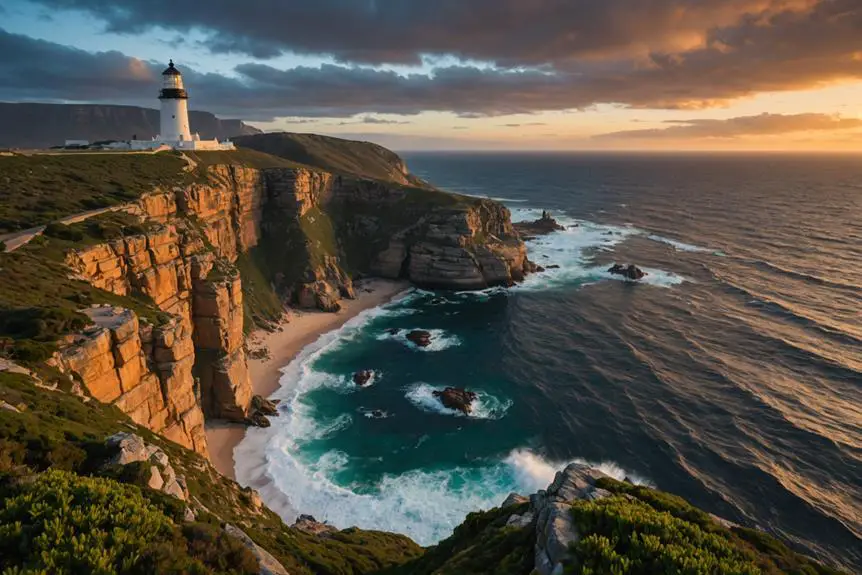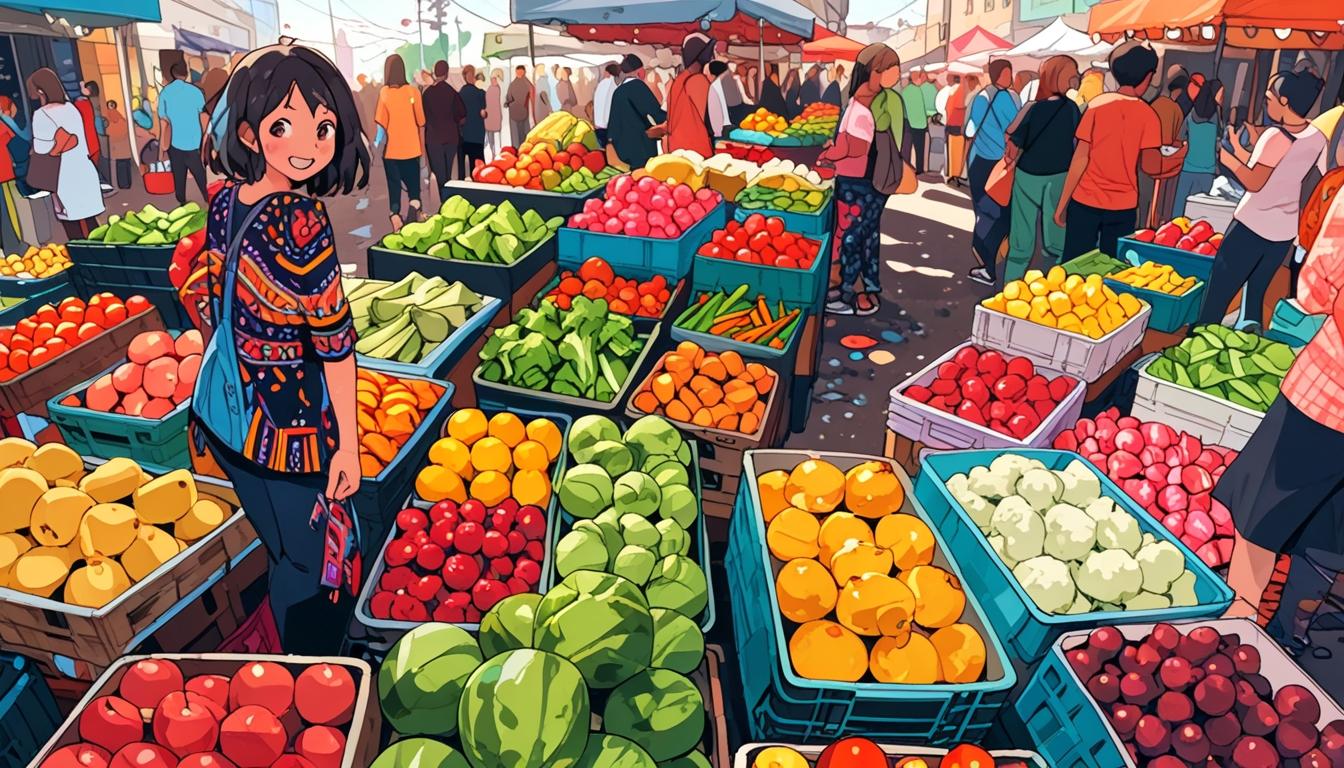When you think about capes, it's easy to overlook their rich history and cultural significance. Originating in ancient Mediterranean societies, these garments have transformed dramatically over time, symbolizing everything from nobility to functionality. You might be surprised to learn how they evolved during the Victorian Era, becoming must-have fashion items that reflected wealth and status. As you consider their contemporary uses, you may wonder how this seemingly simple piece of clothing continues to adapt and endure. What might that say about our society today?
Historical Significance of Capes
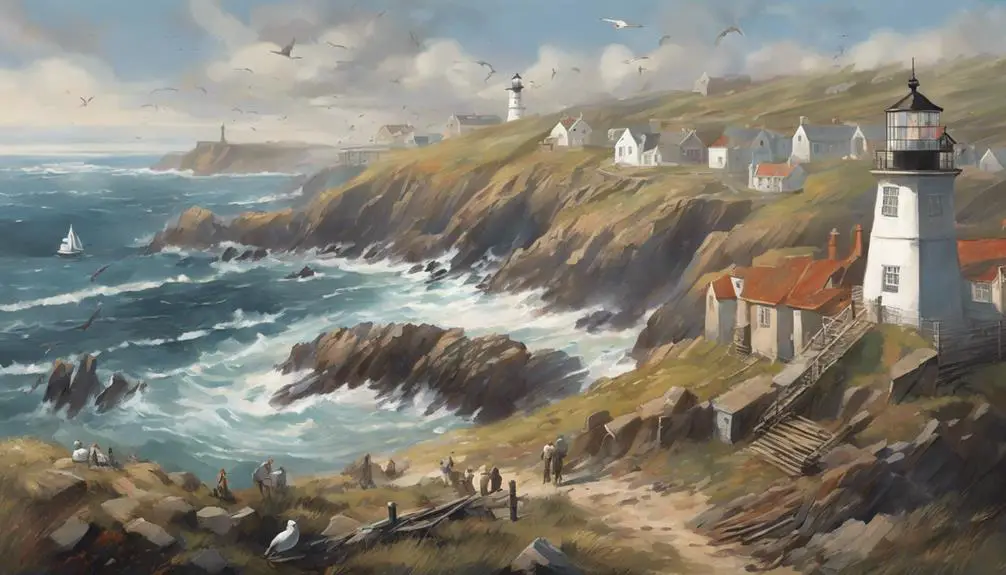
Capes have held significant historical importance, evolving from practical garments into powerful symbols of status and identity. The journey of the cape traces back to ancient Mediterranean civilizations, where their functional design catered to various societal needs. By 1066, the earliest recorded depictions showcased capes not only for their utility but also as fashion accessories that reflected the wearer's rank or profession. For instance, Elizabeth I's preference for elaborate, floor-length capes highlighted how these garments could signify nobility and refinement.
As we move into the Victorian Era, capes gained even more traction as fashionable staples for women. Scarlet capes, often part of wedding ensembles, emerged as a statement of high fashion and cleanliness, indicating how capes evolved into symbols of personal style and societal trends. Their versatility is truly remarkable; capes have adapted over centuries, remaining relevant in various contexts.
Today, you can still spot capes in military uniforms, where they symbolize authority and discipline, or in marching bands, where they add flair and cohesion to performances. This enduring relevance underscores the historical significance of capes, showcasing their ability to blend functionality with aesthetic appeal. Whether draped elegantly over shoulders or worn as part of a formal ensemble, capes continue to make bold statements. As you explore the rich history of this garment, you'll appreciate how capes have transcended time, embodying cultural shifts while maintaining their essential charm and significance.
Symbolism and Status
Throughout history, the style and length of capes have served as powerful indicators of social status. When you think of a cape, imagine how its design can tell a story about the wearer. For those of royal status, like Queen Elizabeth I, elaborate, floor-length capes were essential. Not only did they signify her elevated position, but they also helped her avoid wet feet while making a grand entrance. In contrast, capuchin monks wore waist-length capes with hoods, symbolizing their religious commitment and simplicity.
As time progressed, capes became more than just practical garments; they transformed into fashion statements that reflected societal values. During the Victorian Era, well-bred women donned scarlet capes, showcasing cleanliness and a refined social status. The vibrant hues and tailored designs spoke volumes about their place in society, making them not just clothing but symbols of elegance.
Even today, capes continue to exude a sense of power and sophistication. Contemporary designs, adorned with intricate embellishments, speak to the evolution of tailoring while remaining true to their roots in symbolism. Whether you're attending a formal event or simply stepping out for an evening, a cape can elevate your outfit, making a bold statement about who you are. So, the next time you see someone in a cape, remember—it's not just a piece of clothing; it's a rich tapestry of history and status woven into fabric.
Victorian-Era Fashion
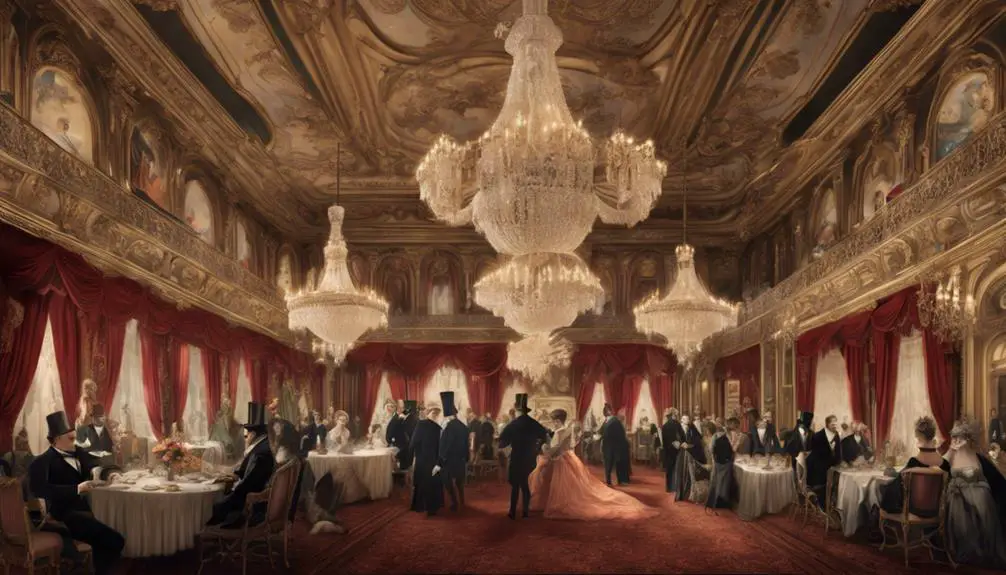
Victorian-era fashion was defined by its opulence and attention to detail, particularly in women's attire. During this period, capes emerged as a staple of high fashion, especially among well-bred women. Scarlet capes, in particular, became a symbol of sophistication and social status. You'd see them flaunted at weddings, highlighting their importance in formal ensembles and showcasing the elegance of the wearer. The evolution of fashion during this time can be paralleled with the development of renowned brands, such as Ralph Lauren, which also emphasizes quality and luxury in its designs vintage Ralph Lauren identifiers.
The materials used for these capes varied widely, allowing for individual expression and status display. From sturdy broadcloth to sumptuous velvet and satin, each cape told a story of luxury and refinement. For added flair, many capes were trimmed with fur, elevating their opulence even further. This attention to detail not only made capes stylish but also guaranteed they were a reflection of cleanliness and social standing.
In the Victorian Era, wearing a cape wasn't just about keeping warm; it was about making a statement. The elaborate designs, often floor-length, were favored by figures like Elizabeth I, who understood the importance of maintaining a regal appearance. Capes helped you avoid the unpleasantness of wet feet while guaranteeing you looked fabulous.
Ultimately, capes during the Victorian Era represented more than just a fashion choice; they were a powerful symbol of one's social status, skillfully blending practicality and prestige. So, when you think of Victorian fashion, remember the capes that adorned the finest women, celebrating both beauty and societal standing with every elegant sweep.
Contemporary Uses of Capes
In today's fashion landscape, you'll find that capes have evolved far beyond their historical roots, taking on diverse roles in various fields. These versatile garments have made significant inroads into contemporary uses, showcasing their functionality and style. For instance, in military uniforms, female soldiers often wear capes as standard attire, blending elegance with practicality. This combination not only enhances their appearance but also serves a purpose in various climates.
Moreover, police units around the globe utilize capes to protect officers from adverse weather conditions while on duty, ensuring they remain both professional and comfortable. This practical design proves invaluable in maintaining effectiveness during challenging circumstances. Additionally, capes have found a vibrant place in marching bands, where they enhance the visual impact of performances. The flowing fabric creates a stunning aesthetic, unifying the ensemble and enchanting audiences.
In modern fashion, capes have transcended their traditional roles, emerging as trendy pieces in both formal and casual attire. Designers incorporate capes into their collections, appealing to various fashion sensibilities and allowing wearers to express their unique styles. Beyond the runway, capes also serve as practical garments in hair and beauty salons, protecting clients' clothing from hair strands and chemical treatments during styling services.
With such a rich array of contemporary uses, capes have truly redefined their place in fashion and functionality, proving that they're not just a relic of the past, but a dynamic part of today's world.
Evolution of Cape Design
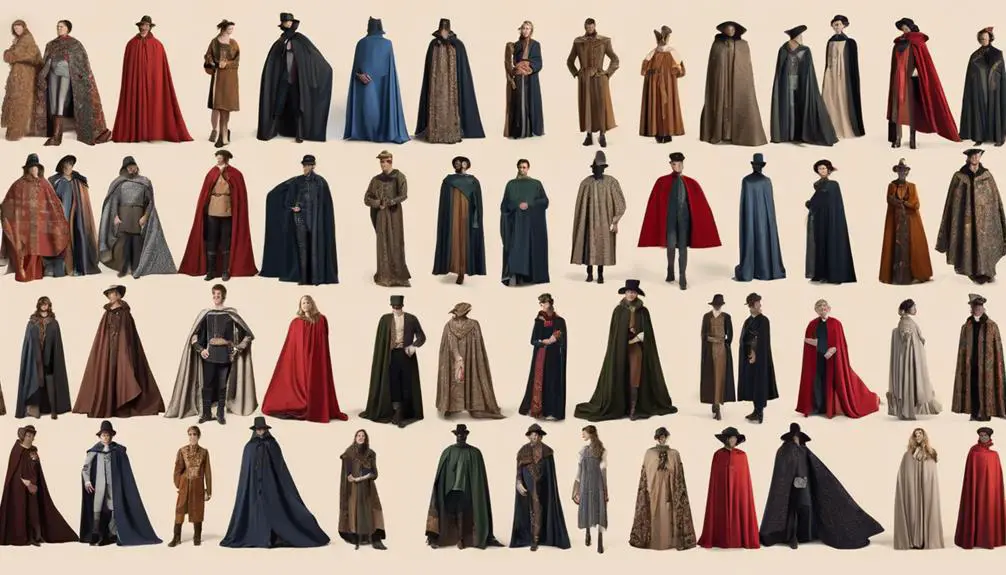
Capes have transformed markedly over the centuries, evolving from simple outdoor coverings in ancient Mediterranean civilizations to elaborate garments that reflect shifting fashion sensibilities. Initially, they served a functional purpose, protecting individuals from the elements. However, their design began to change considerably in the 17th century, as the French term "Balagny" emerged, marking a pivotal point in cape evolution toward more formal attire.
By the Victorian Era, capes became synonymous with high fashion, especially for women. Scarlet capes, often crafted from luxurious materials like velvet and satin, were all the rage, showcasing the era's penchant for elegance and sophistication. This period highlighted the cape's potential to elevate an outfit, making it a staple in the wardrobes of the fashionable elite.
Fast forward to today, and contemporary cape designs have taken on a whole new life. You'll find sharp, functional cuts crafted from modern fabrics like techno nylon, which not only offer comfort but also reflect current fashion trends. This evolution showcases the versatility of capes, as they can seamlessly shift from high-end haute couture collections to military uniforms, adapting to various cultural contexts with ease.
Whether you're dressing for a formal event or looking for a chic layering piece, capes have proven they can do it all. Their rich history combined with modern innovations guarantees that capes remain a stylish choice, bridging the gap between tradition and contemporary fashion. Immerse yourself in the world of capes, and you'll discover a garment that's as dynamic as it is timeless!
Frequently Asked Questions
What Is the Origin of the Cape?
You'll find the origin of cape styles rooted in historical significance, where cultural adaptations shaped fashion evolution. Regional variations emerged, reflecting diverse stories and influences, much like a tapestry woven by time's hand.
What Was the Original Purpose of a Cape?
The original purpose of a cape centered on its functionality, providing warmth and protection. You'd notice its design varied with materials, reflecting cultural significance across societies, showcasing status and adapting to different climates throughout history.
What Does the Cape Symbolize?
The Cape symbolizes a rich cultural significance, reflecting fashion evolution and maritime navigation. It's shaped by historical events, embodying regional identity while highlighting the complexity of human interactions and the ongoing journey towards unity and resilience.
Who Did the Land in the Cape Originally Belong To?
The land in the Cape originally belonged to Indigenous tribes, primarily the Khoikhoi. Colonial claims led to land dispossession, erasing cultural heritage and sparking historical conflicts that shaped the region's identity and struggles for justice.
